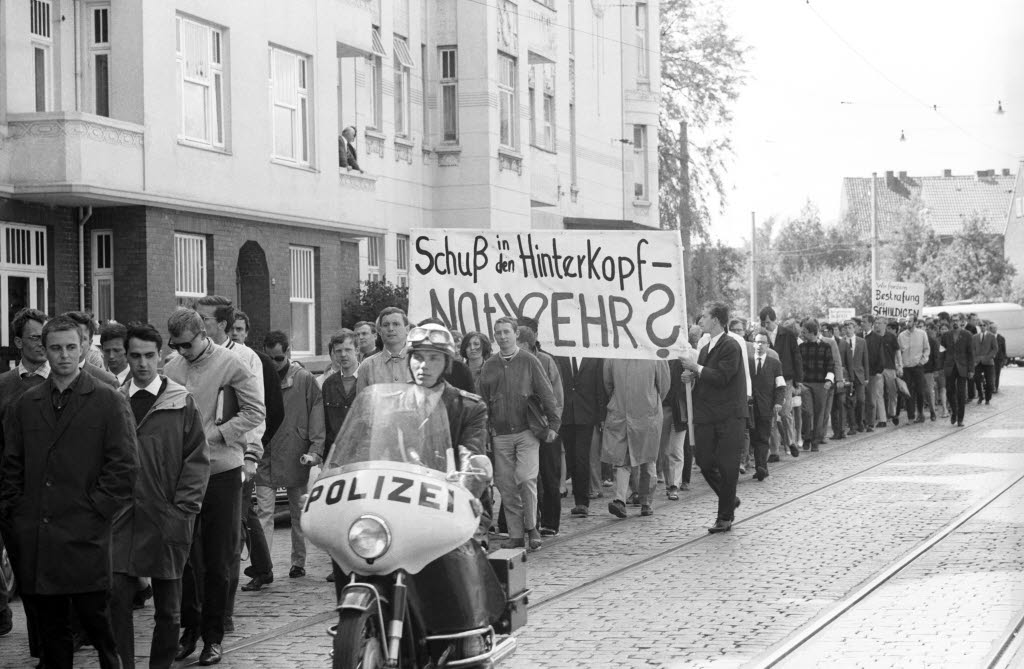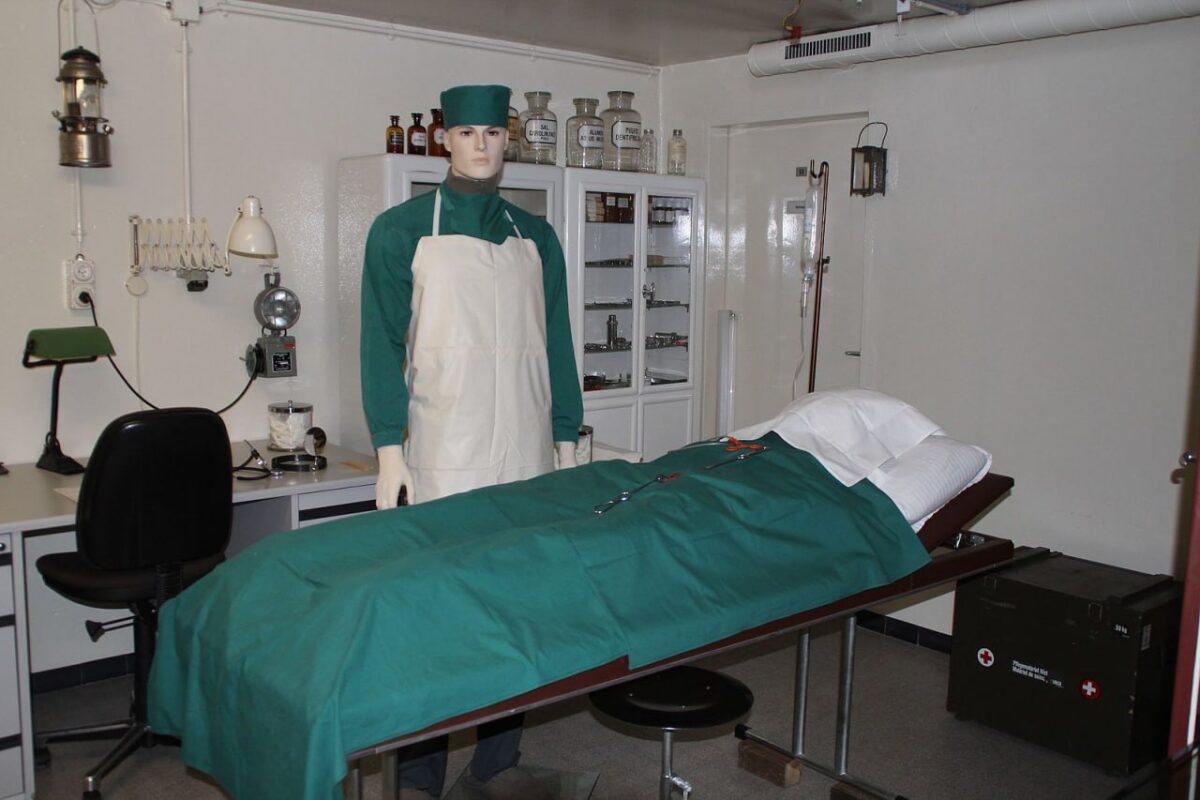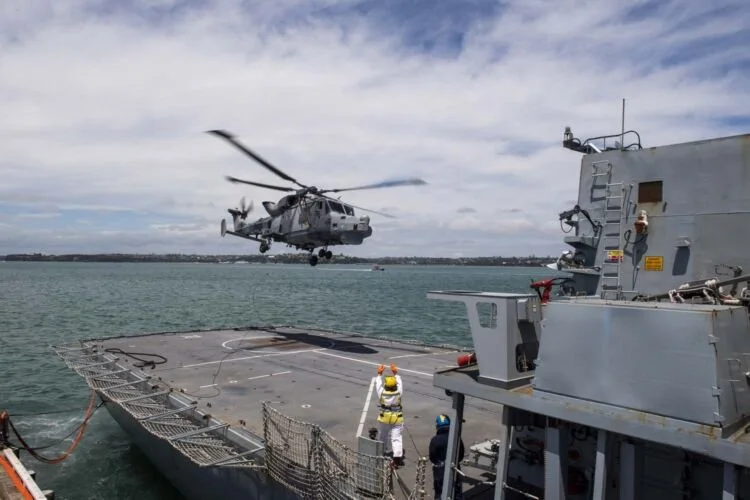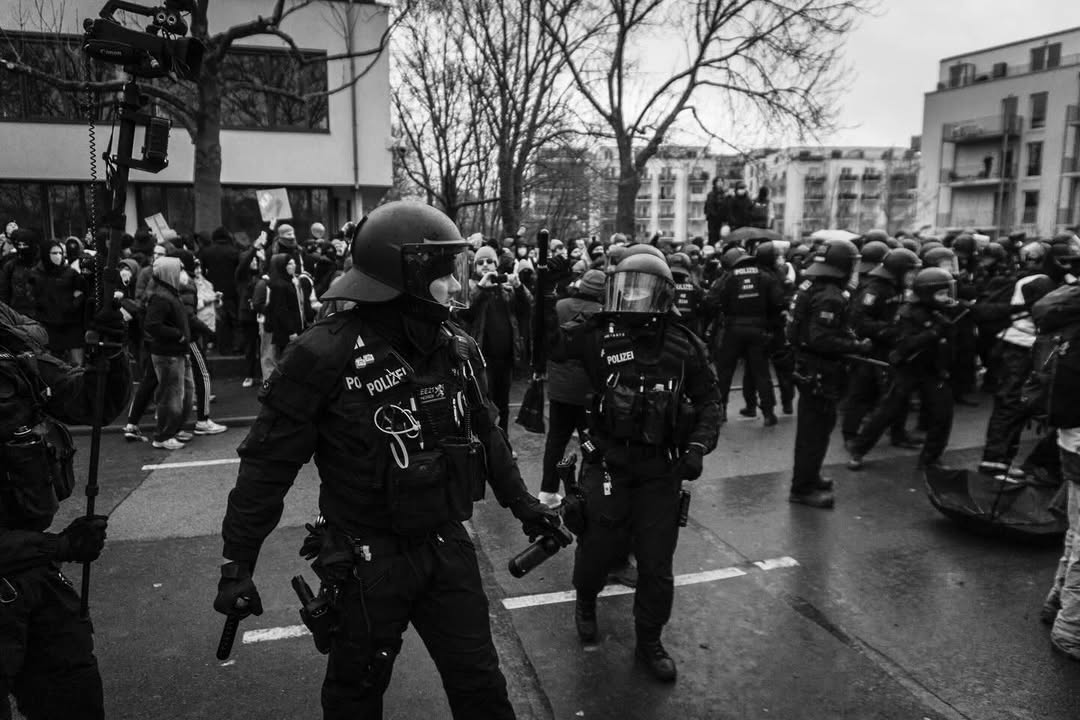On 2nd June, 1967 the Shah of Iran visited West Berlin. Some recent revisionist history implies that pre-revolution Iran was a liberal paradise, but the Shah was a brutal dictator. On his state visit he was accompanied by so-called Jubelpersonen (“Persian celebrators”) – members of his secret police. Jubelpersonen attacked student protesters in Schöneberg in the afternoon.
That evening, the Shah visited the Deutsche Oper. Once again, he was met with protests. This time, it was the German police who attacked the demonstrators. One policeman, Karl-Heinz Kurras, fired a shot which hit 26-year old student Benno Ohnesorge in the back of the head. Ohnesorg, who had been attending his first political demonstration and whose wife was pregnant, died in hospital. Kurras was later acquitted of his murder.
The police killing of Ohnesorge is seen as the catalysor of the German 1968 movement. Sebastian Haffner argued in konkret that “with the student pogrom of 2 June 1967 fascism in West Berlin had thrown off its mask.” SDS leader Rudi Dutschke called for the expropriation of the Springer press, accusing them of incitement to murder. Dutschke in turn was accused by professor Jürgen Habermas of “leftist fascism”,
As the US slaughter continued in Vietnam, the SDS continued to mobilise both anti-war demonstrations and a historic Vietnam Conference in the TU in February 1968. In April 1968, Dutschke was shot by a right winger. The 1968 movement ultimately fragmented, with different members turning to terrorism, the Green Party and even fascism. But for a while, when state terror was clear, even Germany saw united radical protests.




